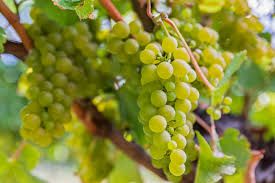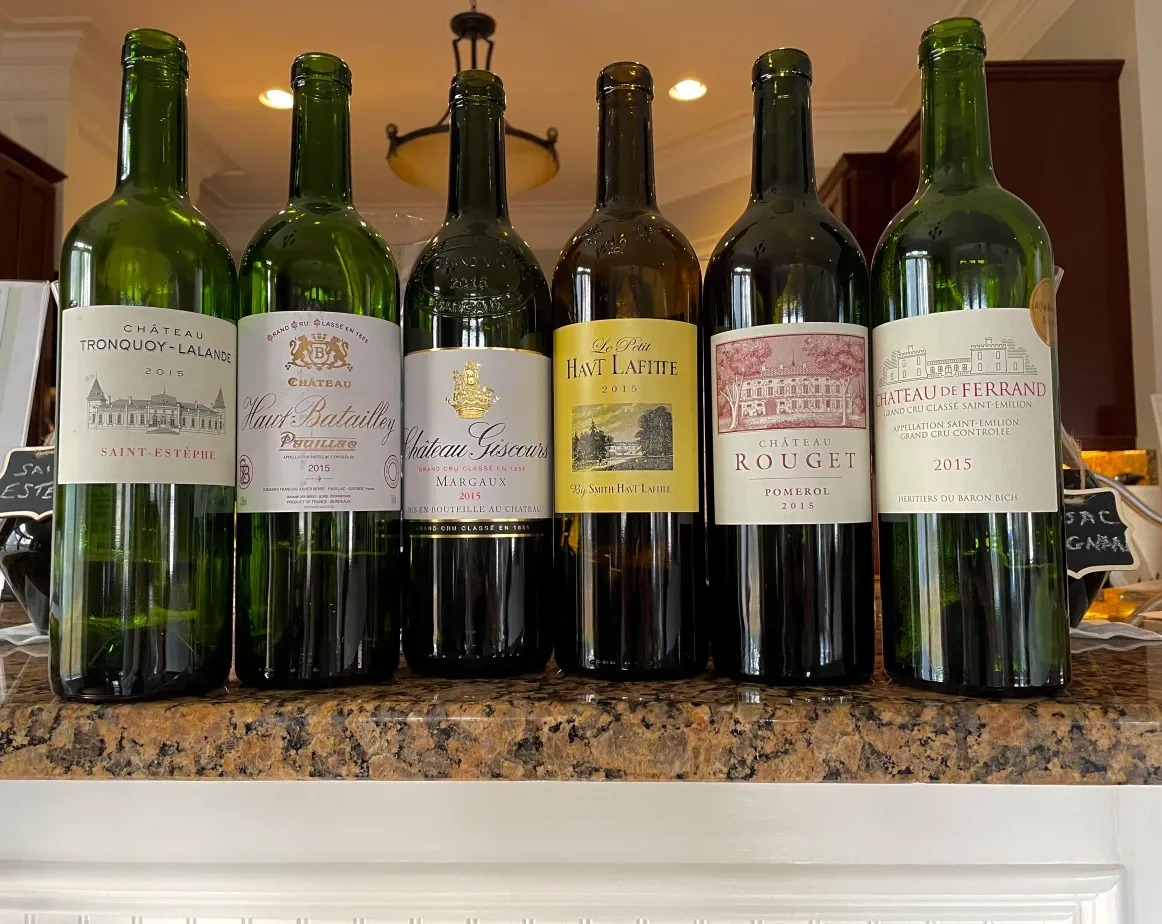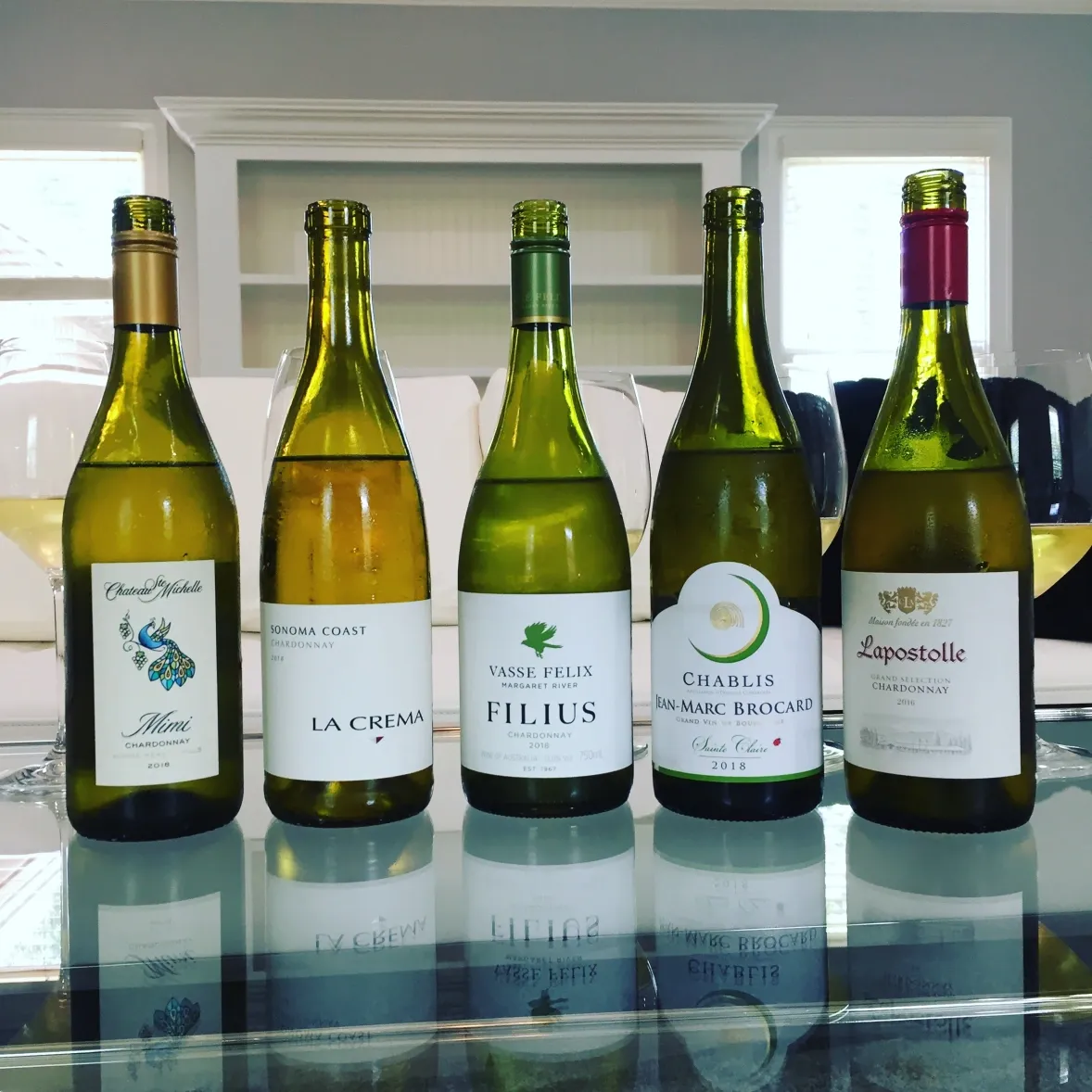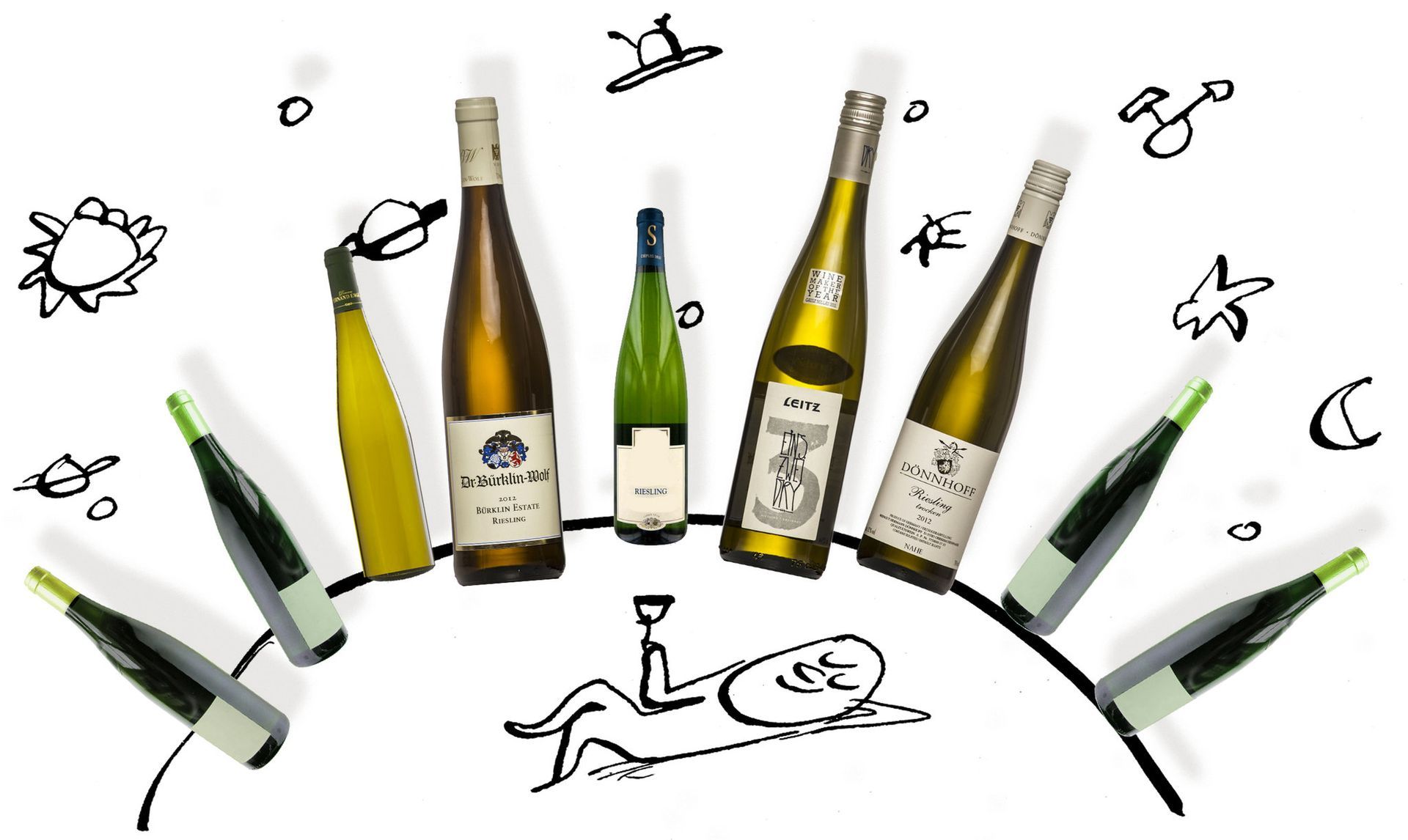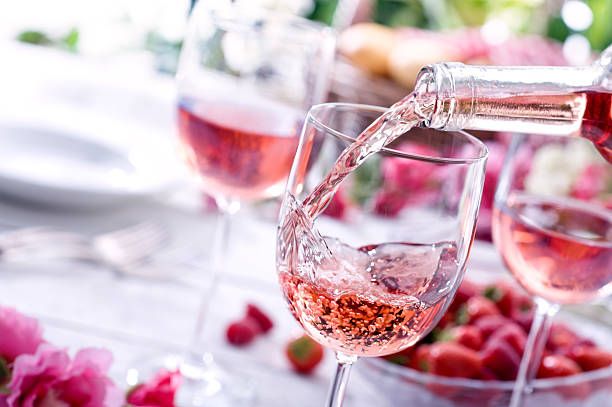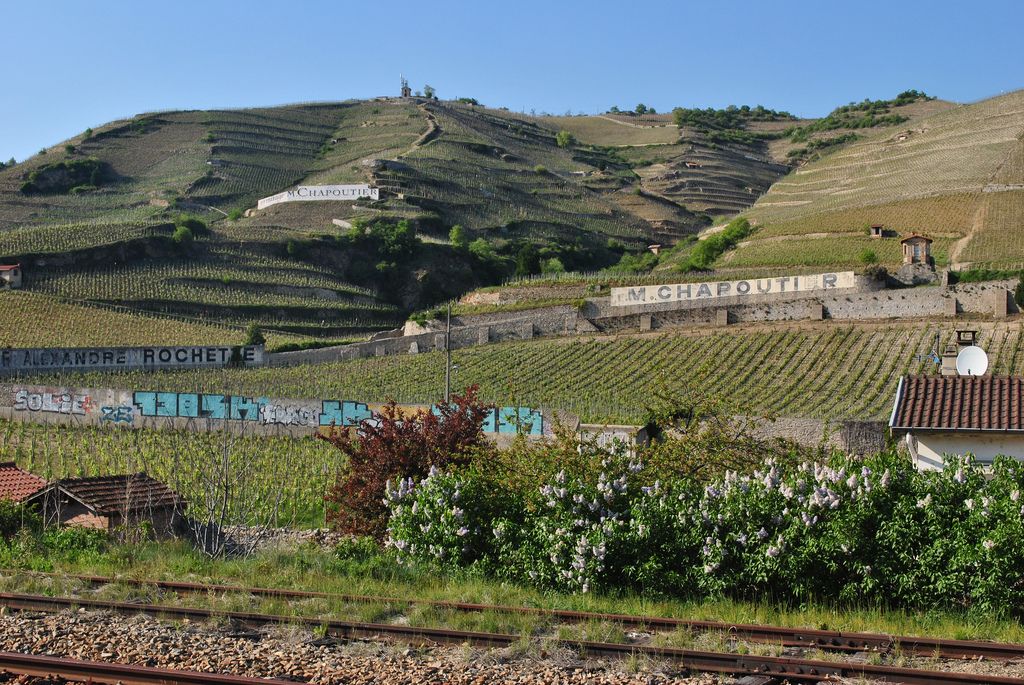Weekly Wine Notes
10 Quick Keys to Italian Wine Lists
“Favorite” this site on your phone for the next time you’re at an Italian Restaurant. Below are 10 quick keys, to an enormously complicated country, for a better experience at your next Italian dinner. Other websites include details on every region and grape, resulting in 30+ minutes on 20 different regions with 1,000+ grapes that you’ll never remember. Keep scrolling for a fast 2-minute read while scanning your wine menu.
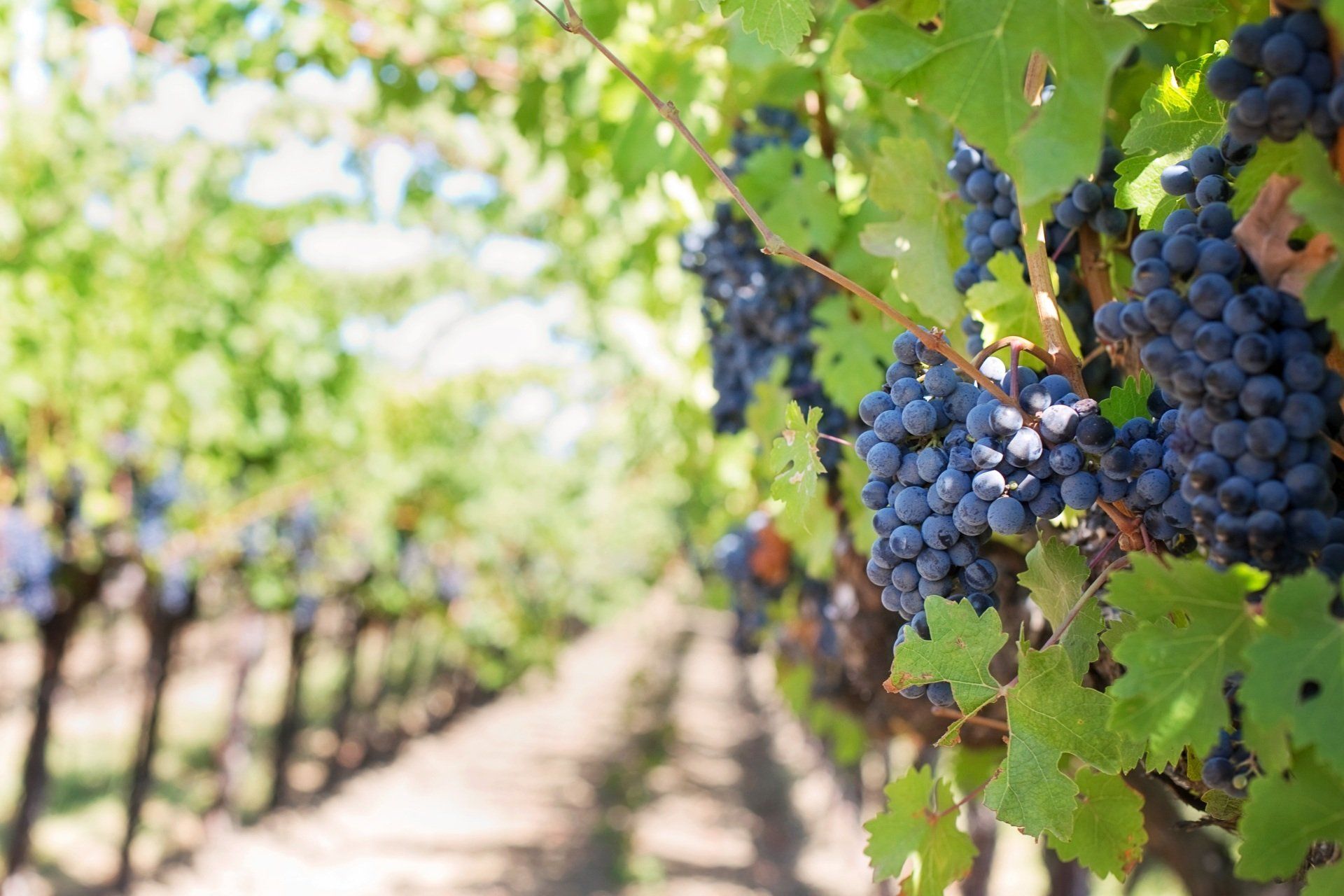
These Are The Top-10 Things To Know When Trying Wine
- Start with a glass of Italian white wine, paired with calamari or other appetizer. Even if you’re not a fan of white wine, please try one of the hundreds of different Italian whites. I truly believe you will begin to appreciate it. Ask your knowledgeable Somm/server for advice.
- For the remainder of the meal, don’t just go straight to Chianti ’cause it’s easy. Yes, Chianti, particularly Chianti Classico, is great wine but please explore! There is so much more Italy has to offer.
- Barbera – A crowd-pleasing wine, made from the Barbera grape, with more fruit and lower tannins, and usually offered at a very reasonable price. This pairs well with so many dishes, including pizza, chicken parmesan, charcuterie, etc. Typically you’ll see Barbera d’Alba or Barbera d’Asti on the menu (Alba and Asti are more specific areas in the Piedmont region where this is produced, in northwest Italy).
- Super Tuscan – What is that? A common source of confusion, the “Super Tuscan” was created when Italian winemakers wanted to experiment with other grapes that were not indigenous to Italy, such as Cabernet Sauvignon and Merlot. You may have heard of Sassicaia, the first official and arguably the most famous Super Tuscan wine, which was made with Cabernet Sauvignon and Cabernet Franc. Super Tuscans are great wines to try. Because these may be produced from a variety of different grapes, utilize your informed Somm or server to recommend which Super Tuscan will taste best with your meal.
- Montepulciano – This is either a GRAPE (Montepulciano d’Abruzzo: the Montepulciano grape from the Abruzzo region) or a PLACE (Vino Nobile di Montepulciano: the Sangiovese grape in the town of Montepulciano in Tuscany). These are completely different wines and you will be viewed by many as an expert if you remember just that. These are both fabulous wines, for different reasons, and you should see these on most Italian wine menus. I tend to reach more often to Montepulciano d’Abuzzo, a good rustic wine that is much easier on my wallet.
- Barolo – 100% Nebbiolo grape from a tiny place in the Piedmont region of Italy. Barolo wines are lighter in color, with an appearance similar to a Pinot Noir, but do not be fooled! These are much bolder, historically requiring more aging to soften the higher tannins. More recently producers have been releasing easier wines for less patient consumers. These very famous wines, with great elegance and complexity, pair well with osso buco, lamb, steak or a meat pasta sauce.
- Etna Rosso – This wine, gaining popularity more recently, is predominantly from the Nerello Mascalese grape, with a smaller portion of Nerello Cappuccio and possibly other grapes added. The name is from Mt. Etna, a 10,000-foot active volcano in Sicily where it was made. You can imagine those ashy volcanic soils as you drink this fabulous wine with typically a lighter color, bright acidity, and firm tannins. This wine pairs well with pizza and many other Italian dishes.
- Amarone – Another very popular wine, made in the northeast part of Italy, predominantly from the Corvina grape but will likely include several others as well. Production involves drying the grapes before fermentation, at the beginning of the winemaking process, to add more structure and to concentrate flavors. This adds a bit of sweetness to the wine, but it’s still considered a dry to off-dry wine. These fuller body wines pair wonderfully with steak, stewed beef or a big meat pasta sauce like bolognese.
- Primitivo – This grape is a very close relative to Zinfandel. If you like a good Zin, give this a try! Primitivo is another crowd pleaser and very food friendly wine with a fuller body, bold fruit characteristics, higher alcohol, higher acidity depending on micro-origin, and moderate tannins. From the Puglia region in the southeast, on the heel of Italy’s “boot”, it’s a fabulous pairing with grilled vegetables, eggplant or chicken parmesan and lasagna.
- There are so many additional, great Italian wines to choose from but, whichever you choose, take a picture of the bottle so you know what you did or did not like. Don’t be vain, every other person in the restaurant is also taking a picture of their wine and food.
Most important of all…have fun exploring!
Please leave a comment about your experiences with wine lists at Italian restaurants, and/or feedback on what you’d like to read more of on this site.
Sign up to receive this newsletter!
Thank you!
Salute!
More Wine Articles
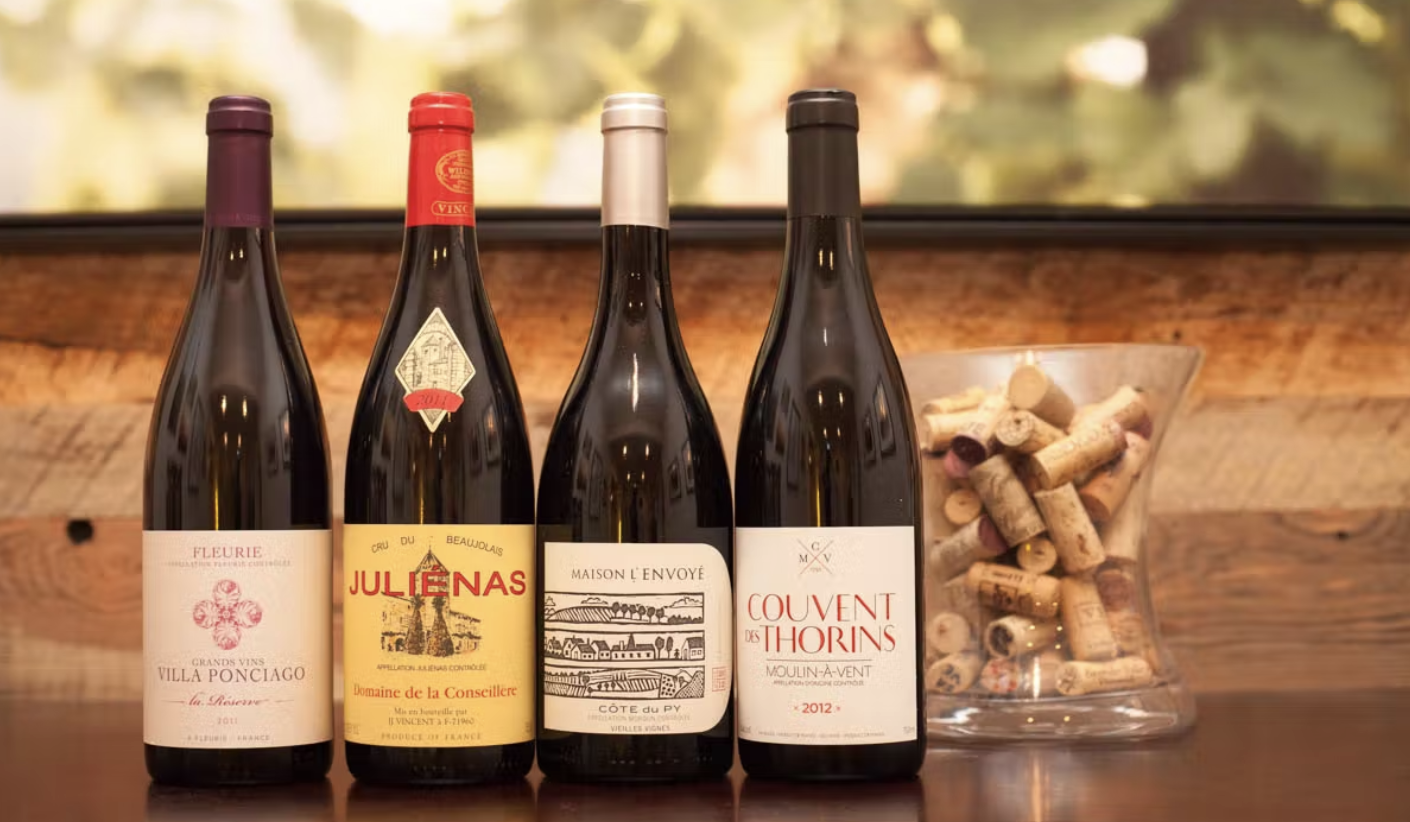
© 2023 The content on this website is owned by us and our licensors. Do not copy any content (including images) without our consent.
This website was thoughtfully created by SWFL Media Consultants


